In 2021, it is evident that even with the pandemic, people won’t abandon coffee. A 18.9% revenue decrease from 2020 has been marked in the coffee industry against 2019. However, it is expected to surge back at a CAGR of 8.6% through to 2025.
For up-and-coming café owners, this article will give you a quick shopping list and some tips and tricks along the way.
It is not always straightforward when we talk about the list of barista tools and equipment for a coffee shop. You will most likely need blenders and stirrers too. And rather than just buying a simple coffee maker, it might seem like you are stocking up a bar. Start stocking your shelves and get your baristas ready!
Couple machines are required in order to brew a café quality coffee, most especially when starting a coffee shop with equipment. There are also specific standards that must be adhered to when purchasing an equipment for any business that prepares food or beverage. Check whether it is NSF approved and if it meets safety standards.
1) Espresso Machine
Espresso machine tops the set of coffee shop start-up equipment. It may be a hefty investment, but they are critical for a coffee shop.
The coffee machine you will be using contributes to the perfect cup of cappuccinos, café americanos, and macchiatos. Some of the well-known and top performers are La Marzocco, Synesso, Aremde, Sanremo, and many more top coffee machine brands.
2) Coffee Grinder (Industrial Coffee Grinder)
One of the common mistakes of coffee shop starters is settling with inappropriate machine types. Take note that you don’t have to run your shop with a standard coffee grinder, even during your first few months. Compared to residential options, commercial coffee shop equipment performs on a much higher level.
Industrial coffee grinders start right around $1,000. This type of coffee grinder can usually hold between 1.5 pounds to 5 pounds of coffee beans. In just a few minutes, you can grind them down already.
3) Coffee Brewers
Lots of coffee houses use coffee brewers whenever they don’t want to put the quality of brewed coffee at risk. During your slow periods, brewers will deliver the most value as most are single or small use.
With coffee brewer present in your list of barista tools and equipment for a coffee shop, you can achieve the following:
- Single serve brewing
- Small serve brewing
- Automatic Grinding
- Automatic Brewing
4) Automatic Drip Coffee Makers
Coffee shop appliances revolve around different brewing devices, and an automatic drip coffee maker is just one of them.
A coffee maker for automatic drip must include water system or connection, basket, and carafe. A hot plate in drip coffee maker uses a hot plate to keep the carafe of coffee warm, resulting in burnt coffee and poor taste. With metal carafes, heat can be retained and burnt taste will be reduced.
Additionally, a self-service commercial coffee machines are worth considering, which may have longer lifespans and less maintenance.
5) Milk & Water
A wide variety of milk options can be provided by your vendor such as whole milk, oat milk, soy milk, and 2% or reduced-fat. As for the water, keep in mind that you will need this through your utilities as well as a filtration system.
6) Milk Jugs
Milk jugs are very much useful in your list of barista tools and equipment. Also known as pitchers, milk jugs are in charge of steaming/frothing the milk. Milk jugs are available in stainless steel and Teflon-coated colours, which are specially designed to aid in producing micro-foam.
Milk thermometers are necessary when steaming/frothing. Without it, you will tend to lose the exact streaming temperature at which perfect caramelization is achieved. The perfect caramelization of sugars and proteins in the milk can be achieved if the milk is steamed between 60 to 65 degrees Celsius. Failure to maintain this temperature may negatively impact the milk quality and expose you to potential health risks.
Another thing in the list of barista tools and equipment is the industrial blender. It may look like your standard at-home device, but commercial blenders are far more powerful. They are important when crafting a specialty blended or frozen drinks and smoothies.
7) Milk Thermometers
Milk thermometers are necessary when steaming/frothing. Without it, you will tend to lose the exact streaming temperature at which perfect caramelization is achieved. The perfect caramelization of sugars and proteins in the milk can be achieved if the milk is steamed between 60 to 65 degrees Celsius. Failure to maintain this temperature may negatively impact the milk quality and expose you to potential health risks.
8) Industrial Blenders – Frappe & Smoothie Must-haves
Another thing in the list of barista tools and equipment is the industrial blender. It may look like your standard at-home device, but commercial blenders are far more powerful. They are important when crafting a specialty blended or frozen drinks and smoothies.
9) Coffee Tamper (Stainless Steel or Calibrated)
A barista tamper plays an important role on how your espresso shot pours. Sometimes, people opt for a standard stainless-steel tamper and rely on their own judgement for applying pressure. On the other hand, calibrated tampers are commonly used in commercial locations and home baristas. This allows you to set a pressure threshold. For instance, you want to give it a pressure of 10 pounds – as you tamp, you will eventually hear a click once 10 pounds of pressure is achieved. This only proves you are consistently applying the right pressure and avoiding the issue of over-extraction and wrist injury.
10) Tamping Mat
A thick rubber mat you place on your benchtop and use for coffee tamping process. The heat from the portafilter will then be absorbed by the mat, thus preventing damage to your benchtop.
11) Dosing Scales
While this is just optional, we would still recommend them for commercial locations and home users. A dosing can help you troubleshoot your espresso grind properly. Thus, it allows you to weigh your grind and espresso shots for optimal quality and performance.
12) Espresso Shot Glass
An espresso shot glass is highly recommended for commercial cafes in Australia, as well as home baristas. These are glasses that are heat resistant with volume measurements and can under any group.
13) Knock Bin / Waste Tube
Also called as waste tube or knockout tube, knock bins are usually round or square with a bar across the centre at the top. Simply ‘knock’ the coffee grinds out of the portafilter basket and straight into the bin using the centre bar.
14) Espresso Machine Cleaner & Grouphead Brush
To keep your barista tools and equipment clean is just as important as preparing a perfect cup of coffee. It is worth investing to high quality cleaning products specially designed for breaking down coffee oils and fats.
15) Barista Cloths
One of the standard coffee cleaning tools for café equipment is the barista cloth. It is a certain type of microfiber cloth for picking up all the little coffee particles out of the basket.


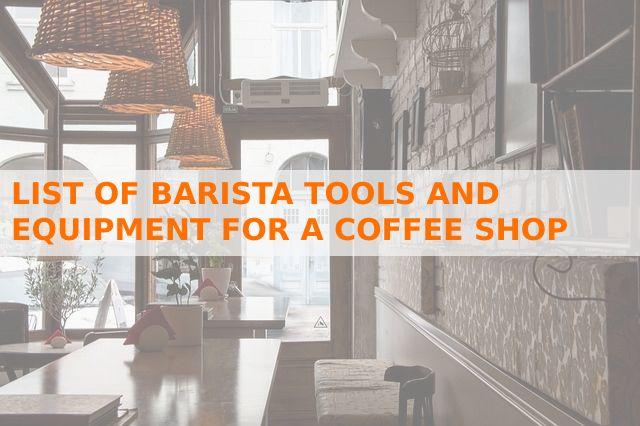
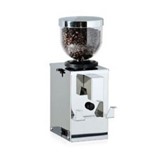

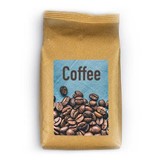

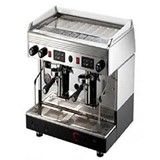
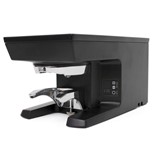


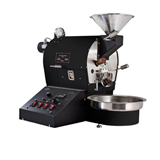

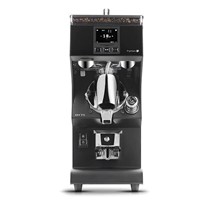
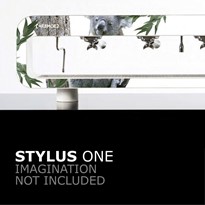


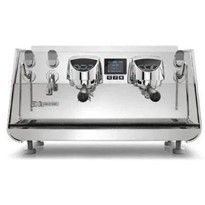
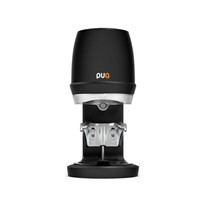
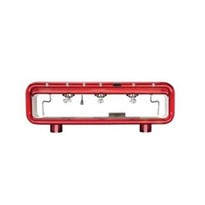
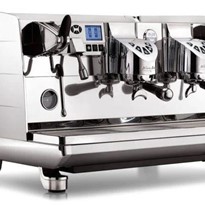
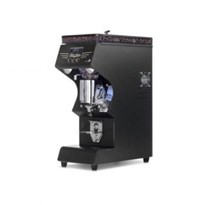

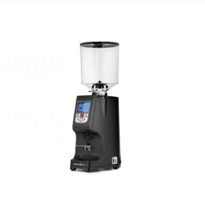

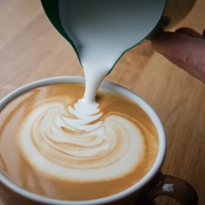
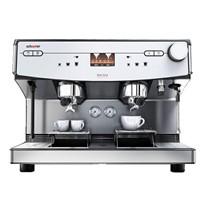
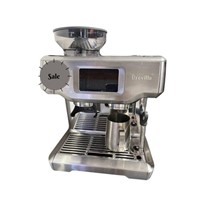
-205x205.jpg)
-205x205.jpg)

